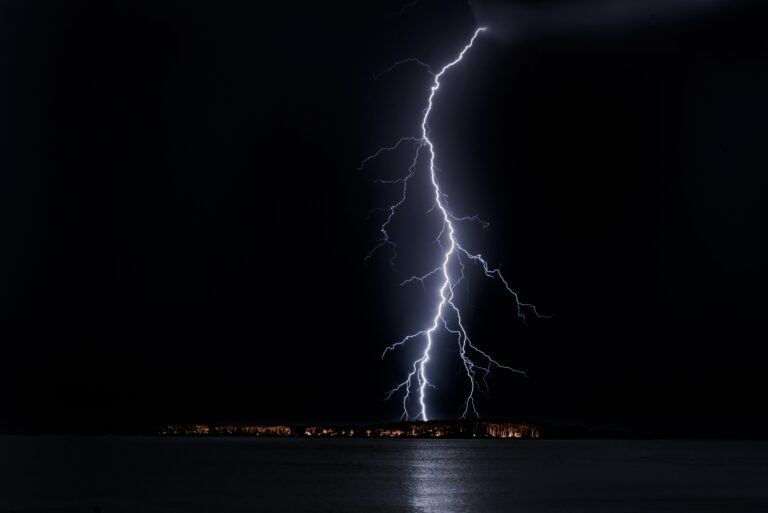Bitcoin’s Lightning Network (LN), the flagship cryptocurrency’s layer-two scaling solution that’s set to help it be adopted throughout the world by boosting transaction speeds and eliminating network congestion, has recently surpassed the 500 BTC ($1.8 million) capacity.
According to data from 1ML, the network’s capacity is now at 510 BTC, while the number of open payment channels is of 15,855. The website’s data further shows that there are nearly 4,800 nodes in it, although only 2,214 have active channels. The average node capacity is of 0.231 BTC, while the average channel capacity is of $0.032 BTC.
The 500 BTC milestone is notable as the Lightning Network was launched this year, partly thanks to funds that came from Twitter founder Jack Dorsey. Its development has continued throughout the crypto ecosystem’s year-long bear market. A chart from BitcoinVisuals shows us just how much its capacity has grown.

While it’s currently unclear what was behind the network’s sudden growth in the last quarter of this year, adoption is known to have been growing. Earlier this year VPN provider TorGuard and Bitcoin-to-Gold exchange Vaultoro were among the first to adopt the technology.
In October of this year, South American cryptocurrency exchange Buda started allowing LN payments, and earlier this month a crypto artist sold a tiny piece of artwork for one milisatoshi, worth about $0.000000037. This likely made it the cheapest artwork ever sold.
Recently, a bitcoin wallet app called BlueWallet brought the Lightning Network to iOS and Android users, but without the complexity associated with it. Per the wallet’s developer Igor Korsakov, this “makes the user experience smooth, bringing Lightning payments to anyone who is at least remotely acquainted with cryptocurrencies and mobile wallets.”
Earlier, Shitcoin.com owner Andreas Brekken had ran a LN node, and revealed through a review that sending payments through the network is “cheaper than the regular bitcoin network,” but added that the layer-two scaling solution “suffers from routing errors and wallet bugs that make it impractical even for highly technical users,” making it clear the LN is still in its infancy.”








